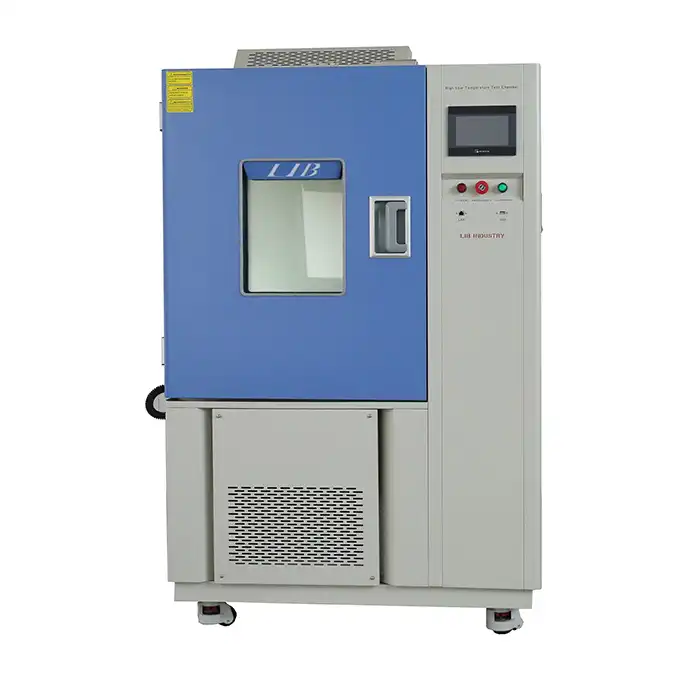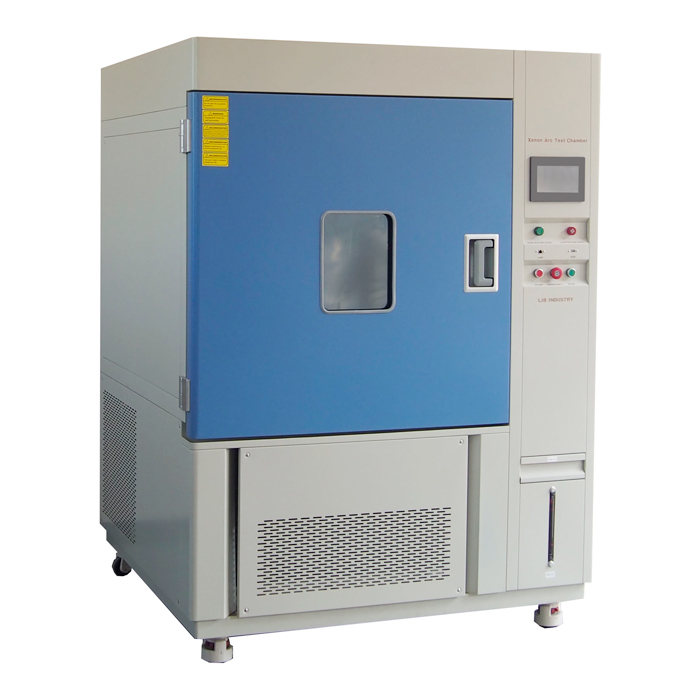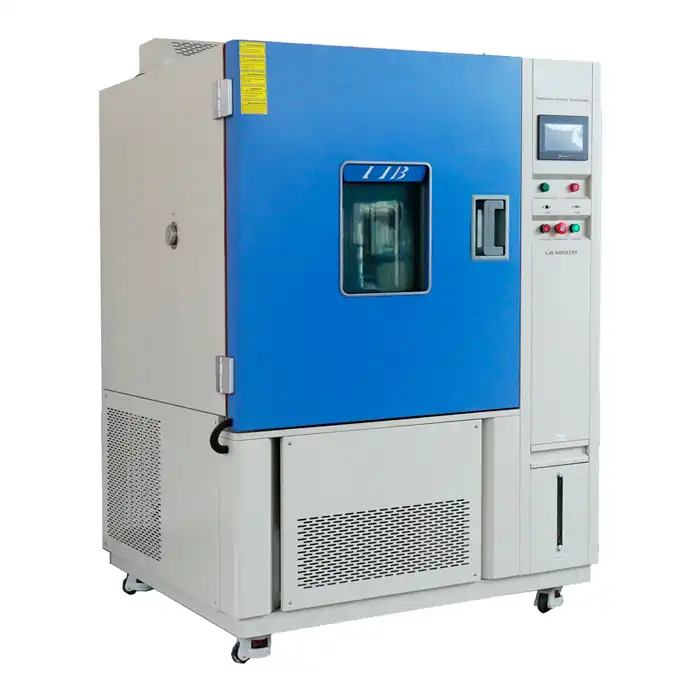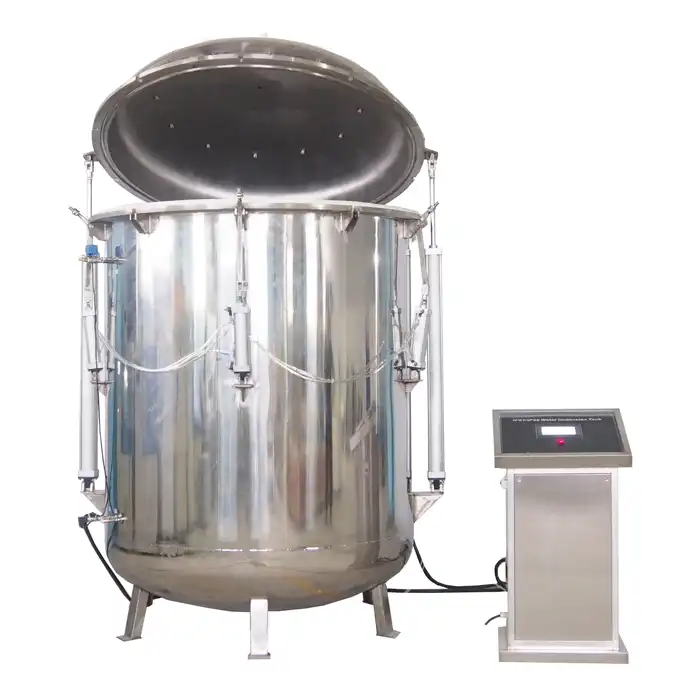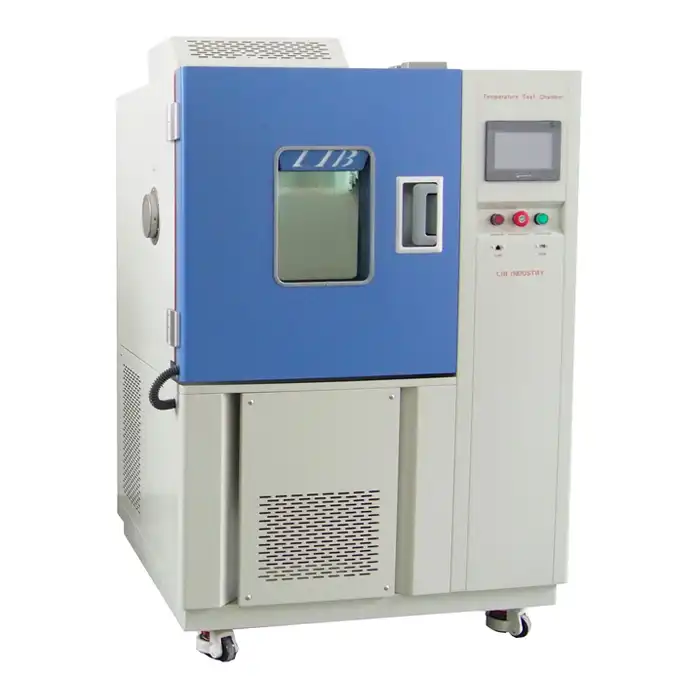What are the main tests performed in a PV Environmental Chamber?
Photovoltaic (PV) modules are the backbone of solar energy systems, and their performance and durability are crucial for the success of renewable energy initiatives. To ensure these modules can withstand various environmental conditions, rigorous testing is conducted using specialized equipment known as PV environmental chambers. These chambers simulate diverse weather scenarios and stress conditions, allowing manufacturers and researchers to evaluate the reliability and efficiency of solar panels. Let's delve into the main tests performed in a PV environmental chamber and understand their significance in the solar industry.
Temperature Cycling Test
The temperature cycling test is a central strategy did in PV environmental chambers to evaluate the flexibility of sunlight powered chargers under fluctuating temperature conditions. This test reenacts the regular temperature varieties that happen among constantly, as well as occasional changes.
Test Procedure
During the temperature cycling test, the PV modules are exposed to rotating hot and cold temperatures inside the chamber. The temperature range normally ranges from - 40°C to +85°C, however unambiguous reaches might shift relying upon the planned sending area of the sunlight-based chargers. The cycling system includes slowly warming the chamber to the most extreme temperature, keeping up with it for a set length, then chilling it off to the base temperature, and rehashing this cycle on numerous occasions.
Purpose and Significance
The main role of the temperature cycling test is to assess the thermal pressure obstruction of PV modules. Material expansion and contraction caused by rapid temperature changes may result in mechanical stress, delamination, or microcracks in the solar cells. By exposing the boards to these outrageous temperature changes, producers can distinguish any shortcomings in the module's development or materials.
Evaluation Criteria
After completing the temperature cycling test, the PV modules undergo thorough inspection and performance testing. Key aspects evaluated include:
- Visual inspection for any physical damage or deformations
- Electrical performance measurements to ensure power output remains within acceptable limits
- Insulation resistance testing to check for any compromise in the module's electrical isolation
Humidity Freeze Test
The humidity freeze test is another crucial examination conducted in PV environmental chambers to assess the ability of solar panels to withstand moisture ingress and freezing conditions.
Test Procedure
In this test, PV modules are exposed to high humidity levels, typically around 85% relative humidity, at elevated temperatures (usually 85°C) for a specified period. Following this humid exposure, the chamber temperature is rapidly decreased to sub-zero levels, often around -40°C, causing any moisture that may have penetrated the module to freeze.
Purpose and Significance
The humidity freeze test serves multiple purposes in evaluating PV module durability:
- It assesses the effectiveness of the module's moisture barriers and sealants
- It simulates the stress caused by water expansion during freezing, which can lead to delamination or cell cracking
- It helps identify potential weak points in the module's construction that may be susceptible to moisture-related damage
Evaluation Criteria
After completing the humidity freeze test, PV modules are subjected to rigorous examination, including:
- Visual inspection for signs of delamination, bubbles, or other moisture-related damage
- Electrical performance testing to ensure the module's power output remains within acceptable parameters
- Wet leakage current test to verify the integrity of the module's electrical insulation
UV Exposure Test
The UV exposure test is a vital examination conducted in PV environmental chambers to assess the impact of prolonged sunlight exposure on solar panels.
Test Procedure
In this test, PV modules are subjected to intense ultraviolet (UV) radiation within the chamber. The UV exposure is typically conducted at elevated temperatures, often around 60°C, to simulate real-world conditions. The duration of the test can vary, but it often extends to several hundred or even thousand hours, representing years of natural sunlight exposure.
Purpose and Significance
The UV exposure test is crucial for evaluating the long-term durability of PV modules:
- It assesses the UV resistance of the module's encapsulant and back sheet materials
- It helps identify potential discoloration or degradation of the module's components
- It evaluates the impact of UV radiation on the module's overall performance and lifespan
Evaluation Criteria
After the UV exposure test, PV modules undergo thorough examination, including:
- Visual inspection for signs of yellowing, cracking, or other UV-induced damage
- Electrical performance testing to assess any degradation in power output
- Adhesion tests to ensure the integrity of the module's lamination remains intact
Salt Mist Corrosion Test
The salt mist corrosion test is a crucial examination conducted in PV environmental chambers to assess the resistance of solar panels to corrosive environments, particularly in coastal or marine applications.
Test Procedure
In this test, PV modules are exposed to a salt spray or fog within the chamber. The salt concentration and exposure duration can be adjusted to simulate different levels of corrosive environments. The test typically involves cycles of salt spray exposure followed by periods of high humidity and elevated temperatures.
Purpose and Significance
The salt mist corrosion test is vital for evaluating the durability of PV modules in harsh environments:
- It assesses the corrosion resistance of the module's metallic components, including frames and connectors
- It evaluates the effectiveness of protective coatings and sealants
- It helps identify potential weak points that may be susceptible to salt-induced degradation
Evaluation Criteria
After the salt mist corrosion test, PV modules undergo comprehensive evaluation, including:
- Visual inspection for signs of corrosion, pitting, or other salt-induced damage
- Electrical performance testing to assess any degradation in power output
- Insulation resistance testing to ensure the module's electrical isolation remains intact
Conclusion
The tests performed in PV environmental chambers play a pivotal role in ensuring the reliability, durability, and efficiency of solar panels. By subjecting PV modules to these rigorous examinations, manufacturers can identify potential weaknesses, optimize designs, and ultimately produce solar panels that can withstand the diverse and often harsh conditions they will face during their operational lifetime.
If you're involved in the solar industry and are looking to enhance your testing capabilities, consider investing in a state-of-the-art PV Environmental Chamber. To learn more about how our PV Environmental Chambers can benefit your solar panel testing and development processes, please don't hesitate to reach out to us at info@libtestchamber.com. Our team of experts is ready to assist you in finding the perfect testing solution tailored to your specific needs and requirements.
References
1. Köntges, M., et al. (2017). "Review of Failures of Photovoltaic Modules." International Energy Agency Photovoltaic Power Systems Programme.
2. Wohlgemuth, J. H. (2020). "Standards for PV Module Quality and Reliability Testing." Photovoltaic Reliability and Durability.
3. Eder, G. C., et al. (2019). "Climate specific accelerated ageing tests and evaluation of ageing induced electrical, physical, and chemical changes." Progress in Photovoltaics: Research and Applications.
4. Tamizhmani, G., et al. (2018). "Photovoltaic Module Reliability Scorecard Report 2018." DNV GL.
5. Virtuani, A., et al. (2015). "Overview of temperature coefficients of different thin film photovoltaic technologies." 31st European Photovoltaic Solar Energy Conference and Exhibition.
6. Jordan, D. C., & Kurtz, S. R. (2013). "Photovoltaic degradation rates—an analytical review." Progress in Photovoltaics: Research and Applications.



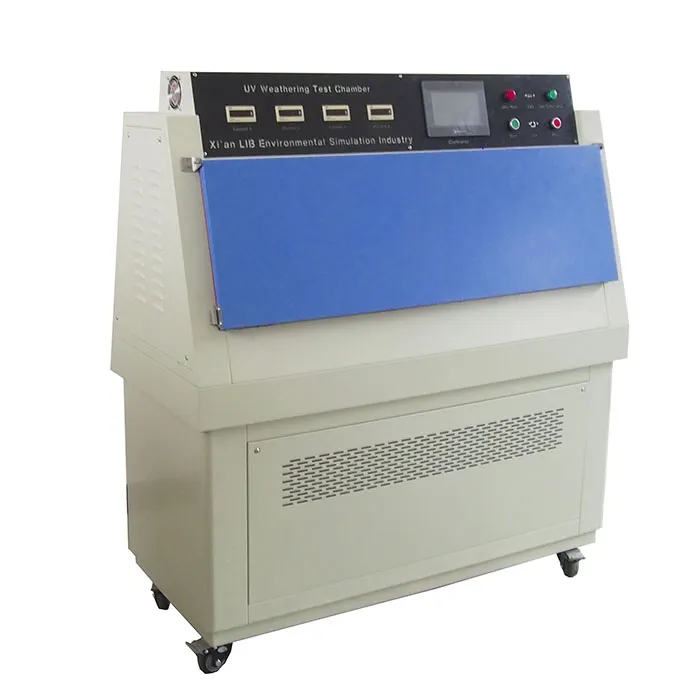
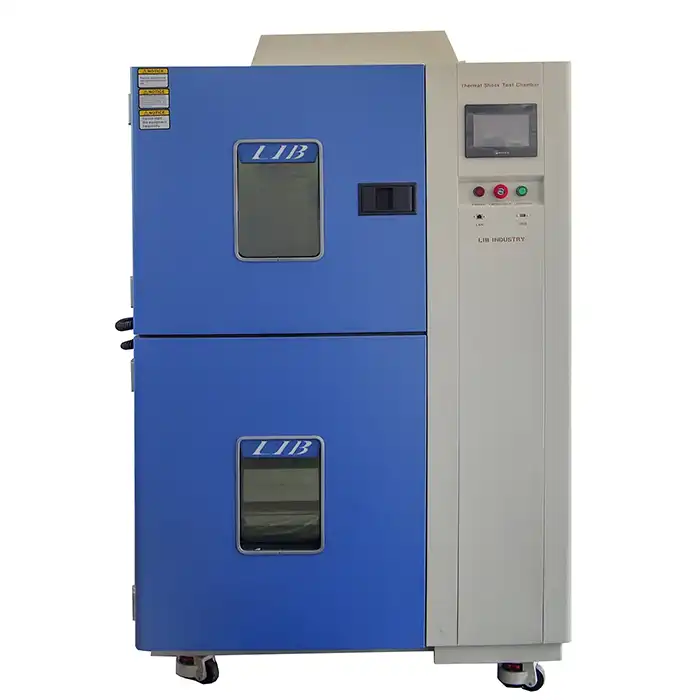
.webp)
